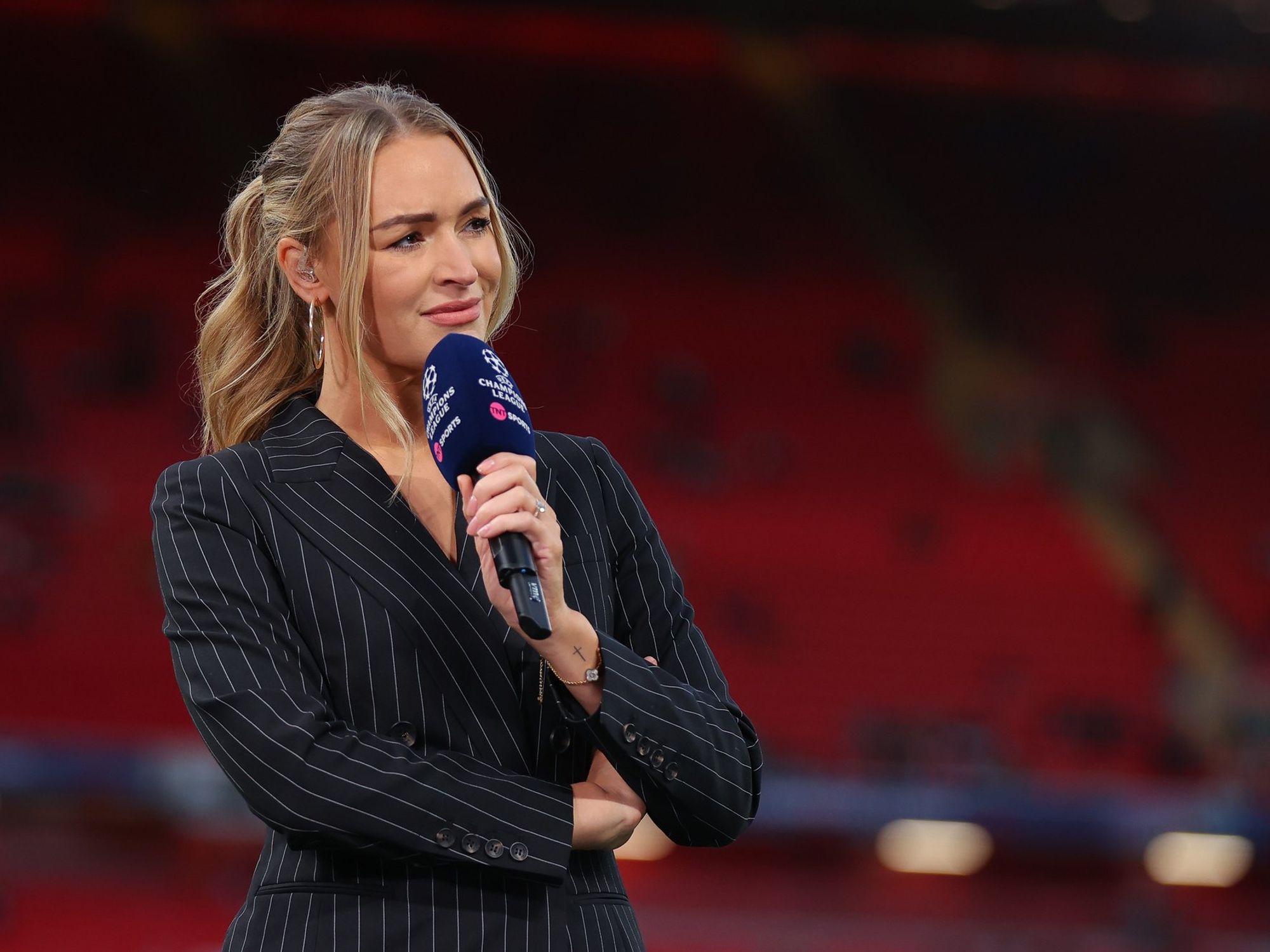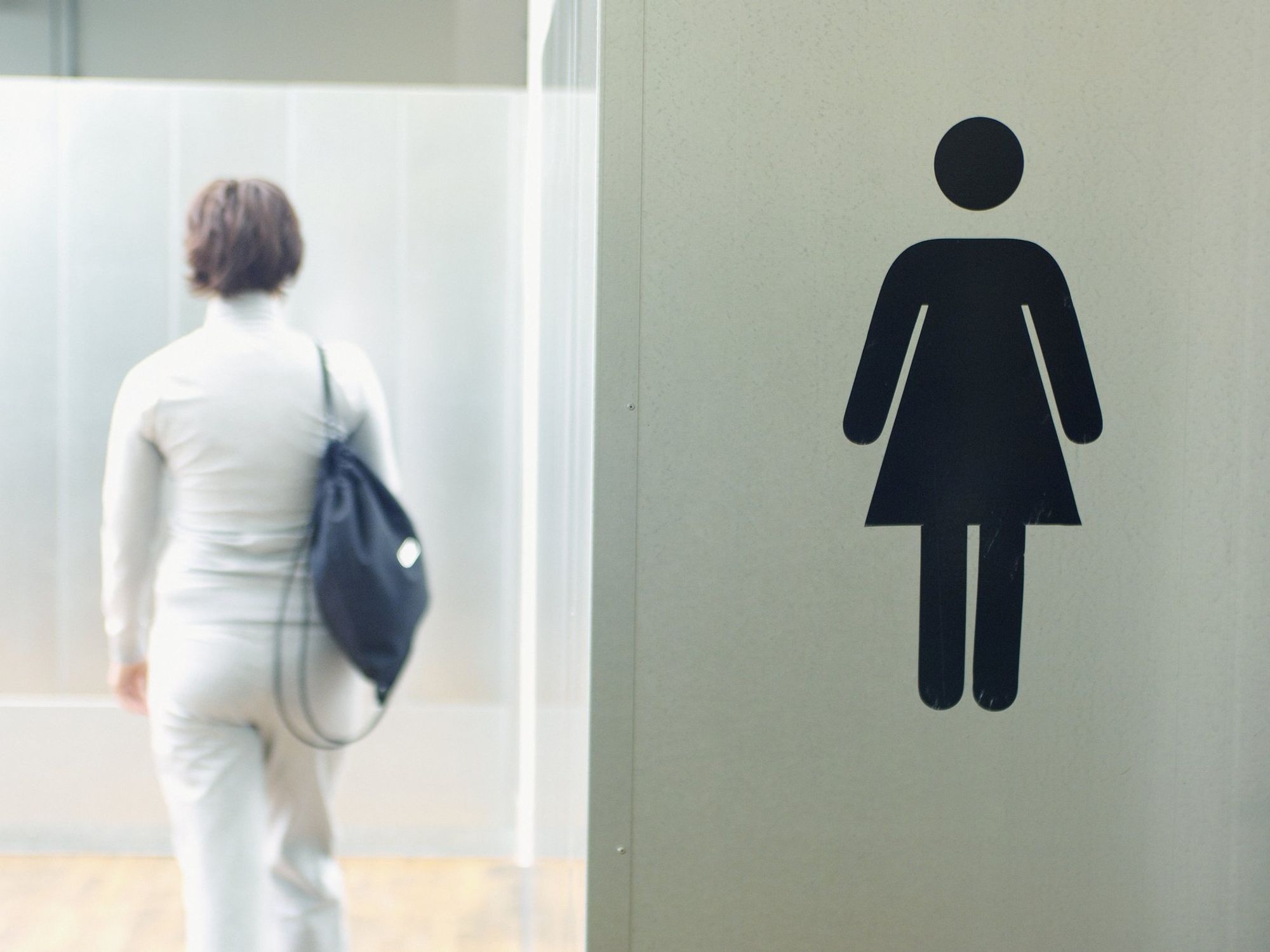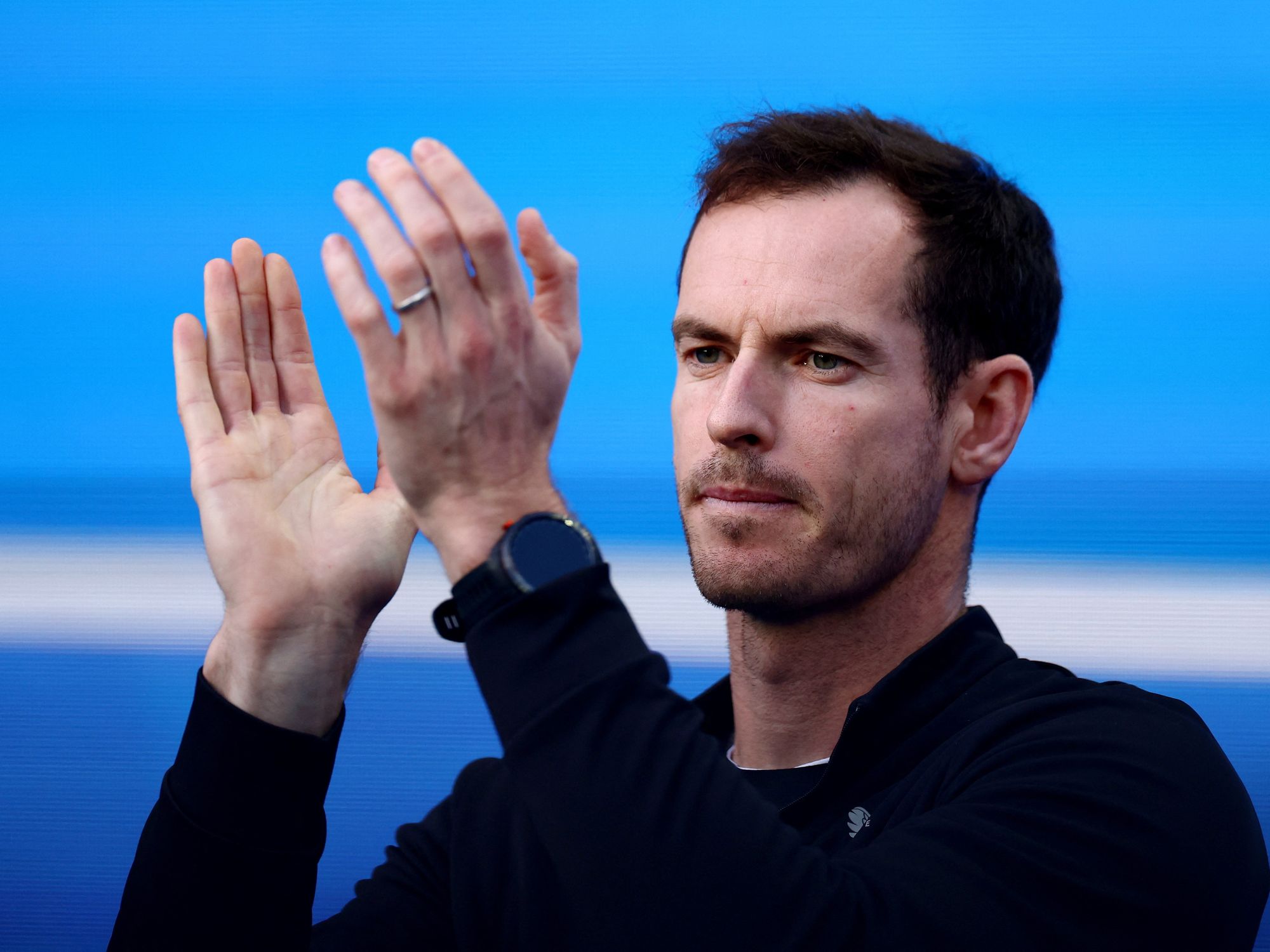Are Windows 10 users refusing to upgrade over privacy fears with AI? Millions of PC owners face fee deadline
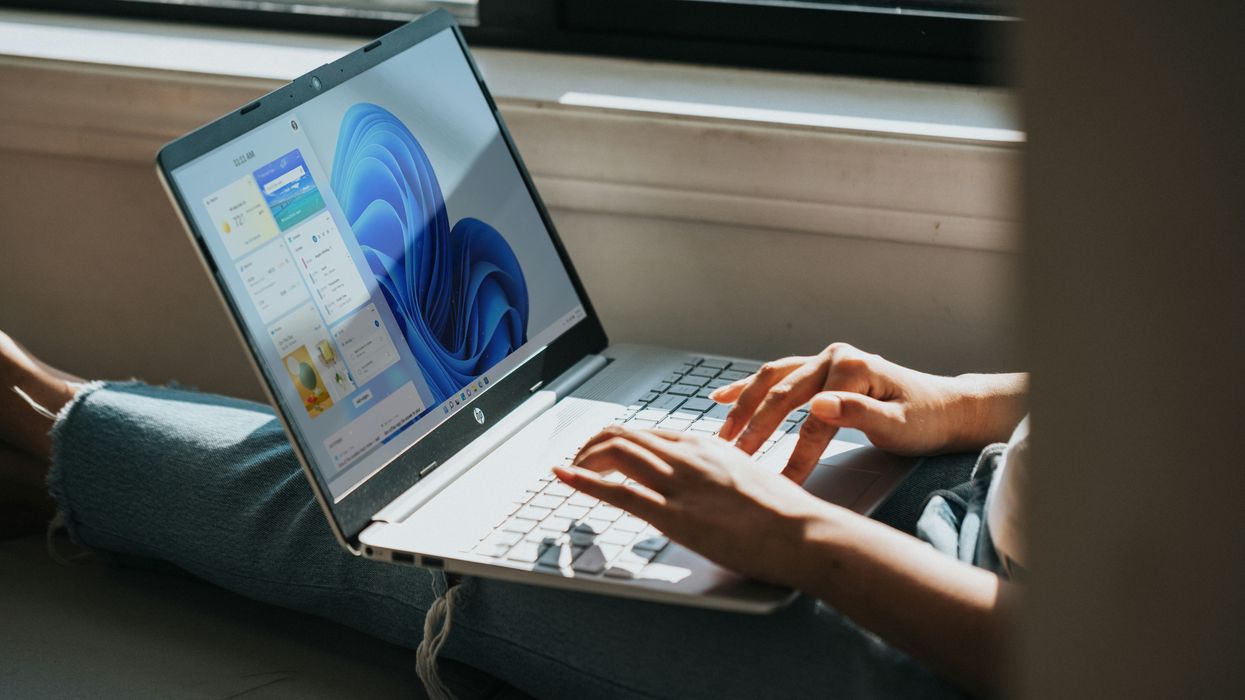
Windows 10 will lose support on October 14, 2025 ...leaving millions of PC owners without access to the latest software updates and patches for vulnerabilities. When looking into the reason behind the slow adoption of Windows 11, one expert suggests AI could be behind the reluctance
|MICROSOFT PRESS OFFICE

Windows 11 relies on AI to translate in real-time, summarise your notes, and reduce background noise in video calls
Don't Miss
Most Read
The torrent of Artificial Intelligence (AI) features packed into Windows 11 could be dissuading millions from making the switch from Windows 10, an expert has told GB News.
Microsoft will end support for Windows 10 — first launched back in July 2015 — next year, leaving millions of desktop PC and laptop owners vulnerable to attack. From October 14, 2025, Microsoft will no longer issue new security updates or bug fixes for Windows 10. Without these critical software patches, PCs still running Windows 10 will be at-risk from hackers, scams, and other data breaches.
But with the clock ticking, there's only been a small decline in the number of people using Windows 10 — something Microsoft executives insisted they aren't worried about. Windows 10 remains the most popular operating system from Microsoft, powering over 60% of all desktop PCs and laptops worldwide. For comparison, Windows 11 — a free upgrade for all Microsoft users — runs on less than a third.
Source: StatCounter Global Stats - Windows Version Market Share
Time is running out for Windows 10 users to upgrade — or face a new monthly cost to keep malware and hackers at arm's length. GB News spoke to experts about the underlying reasons for the slow adoption of Windows 11, and one pointed the blame squarely at Artificial Intelligence.
"Scepticism towards AI-driven tools have played a role in the slow adoption rate," said Antony Taylor, who serves as Technology Strategy Lead at enterprise consultancy firm, Insight.
"Microsoft is pushing AI as a driving point, including features such as AI Explorer and Copilot running locally. However, some are still hesitant about AI adoption and may be reluctant to upgrade.
"The AI upgrades announced in January 2024 coincide with the period when the Windows 11 adoption rate started to decline. There's a chance that users are reverting to Windows 10 to avoid the 24H2 update, as there are privacy concerns when it comes to AI integration.
"Users must weigh up their options. Upgrading to Windows 11 offers a path to a more secure, AI-enhanced computing experience. However, for those unable or unwilling to upgrade, the implications are significant. Staying on an unsupported operating system poses risks, and users must be prepared to address these challenges."
We quizzed Mr Taylor on what Microsoft could do to incentivise millions to make the switch to Windows 11, which will be supported with free updates — closing vulnerabilities and loopholes, adding new features, and shielding users against the latest malware and hacking campaigns — for years to come.
He told us: "In addition to the annual updates, Microsoft has been introducing new features in Windows 11 throughout the year to encourage users to make the switch. To motivate people further, Microsoft can emphasize the enhanced security, and the productivity tools which are exclusive to Windows 11.
"Highlighting the risks of staying with an unsupported version of Windows 10 after the end of support deadline could also encourage users to make the switch."
Some of these comments were echoed by James McQuiggan, Security Awareness Advocate at IT security training firm KnowBe4. He told GB News: "For consumers, it's because 'if it ain't broke, don't fix it'. They are resolved with using Windows 10 because they're comfortable with it and have no desire to upgrade as they don't see any benefit."
Mr McQuiggan highlights the role that business and large-scale organisations play in these statistics — dramatically inflating the number of Windows 10 machines. These firms will make the switch to a new operating system (OS), but it's a much longer process than everyday consumers. He adds: "Organizations need a lot of resources, time, and money to upgrade.
"Before upgrading, they must ensure that the current applications and services will work with Windows 11. Depending on the organization's size, testing the applications and services is required before any upgrades are performed. Productivity is more important than the upgrade. When the process starts to upgrade, they usually wait until the endpoints need to be upgraded before migrating to the new OS. Unless there are any significant security risks, organizations will wait to upgrade."
If you're thinking about abandoning Windows 10 for its successor, it's worth noting that Microsoft introduced minimum hardware requirements with Windows 11 — so not every PC will be eligible for the free upgrade.
Windows 11 only officially supports Intel’s 8th Generation (known as Coffee Lake) or Zen 2 CPUs and newer, leaving millions of devices sold with Windows 10 preinstalled unable to upgrade.
Following a public backlash, Microsoft did add a number of exceptions to its list of supported chipsets, including the 7th Generation Intel Core i7-7820HQ – a processor that was used in the Surface Studio 2, an all-in-one desktop machine that cost £3,549 at launch back in 2018.
Nevertheless, this marks the first time that Microsoft has enforced such specific processor requirements with its operating system upgrade. In comparison, Windows 8 and Windows 10 only stipulated a 1GHz processor, at least 1GB of RAM, and 16GB of available storage. Windows 11 requires an Intel processor first launched in October 2017 as well as 4GB of RAM and 64GB of storage.
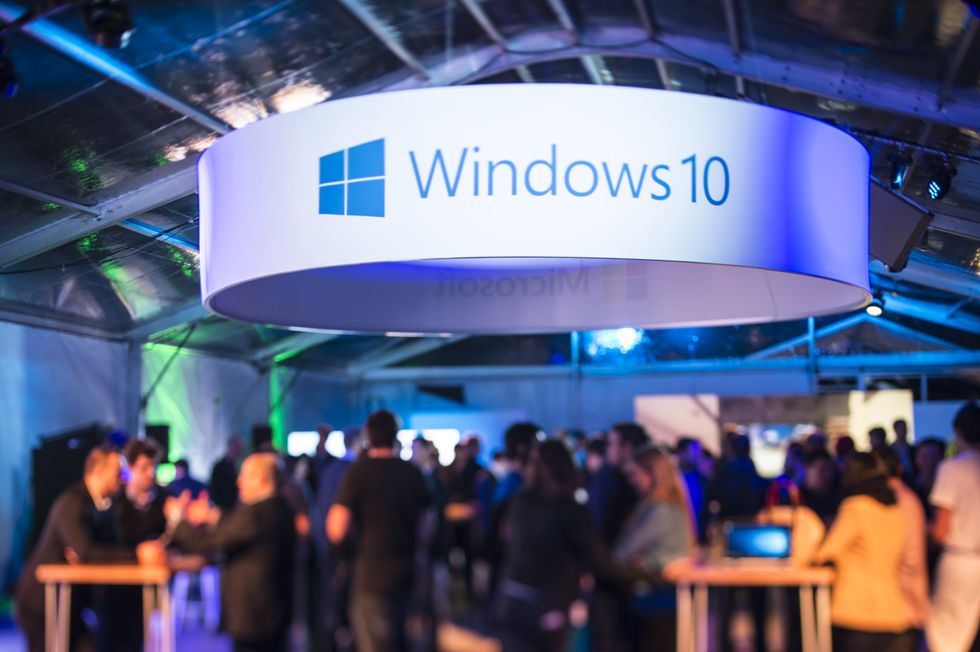 Windows 10 launched back in July 2015, meaning it'll have been on the market for a decade by the time support is pulled by Microsoft next year | GETTY IMAGES
Windows 10 launched back in July 2015, meaning it'll have been on the market for a decade by the time support is pulled by Microsoft next year | GETTY IMAGES "Getting users to upgrade can be tricky, because there is always some degree of inconvenience and time required — even if minimal," Laura Kankaala, who serves as Threat Intelligence Lead at cyber-security software provider F-Secure. "Upgrading to Windows 11 may also not be possible for devices with older hardware and the user may not be in a position to purchase a newer model."
"To encourage uptake, technology providers need to make system upgrades and updates as user-friendly as possible, while including new features and functionalities which make the upgrade appealing to users.
"That being said, it's not an easy task and perhaps sometimes simply 'cutting the cord' is the best, albeit last resort, way to get people to upgrade," Ms Kankaala adds.
Fortunately, that's exactly what will happen in 13 months and 16 days... we'll have to see whether it works.





